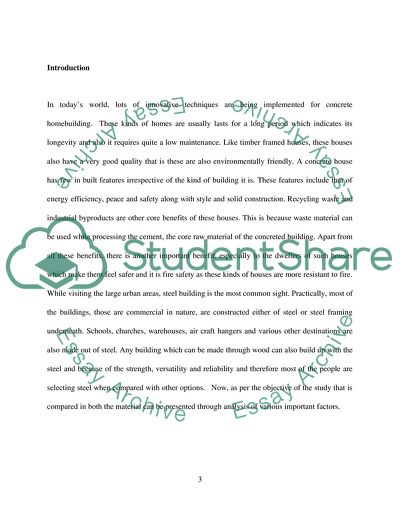Cite this document
(Material and Sustainable Building Dissertation Example | Topics and Well Written Essays - 3000 words, n.d.)
Material and Sustainable Building Dissertation Example | Topics and Well Written Essays - 3000 words. Retrieved from https://studentshare.org/engineering-and-construction/1739837-material-and-sustainable-building
Material and Sustainable Building Dissertation Example | Topics and Well Written Essays - 3000 words. Retrieved from https://studentshare.org/engineering-and-construction/1739837-material-and-sustainable-building
(Material and Sustainable Building Dissertation Example | Topics and Well Written Essays - 3000 Words)
Material and Sustainable Building Dissertation Example | Topics and Well Written Essays - 3000 Words. https://studentshare.org/engineering-and-construction/1739837-material-and-sustainable-building.
Material and Sustainable Building Dissertation Example | Topics and Well Written Essays - 3000 Words. https://studentshare.org/engineering-and-construction/1739837-material-and-sustainable-building.
“Material and Sustainable Building Dissertation Example | Topics and Well Written Essays - 3000 Words”, n.d. https://studentshare.org/engineering-and-construction/1739837-material-and-sustainable-building.


